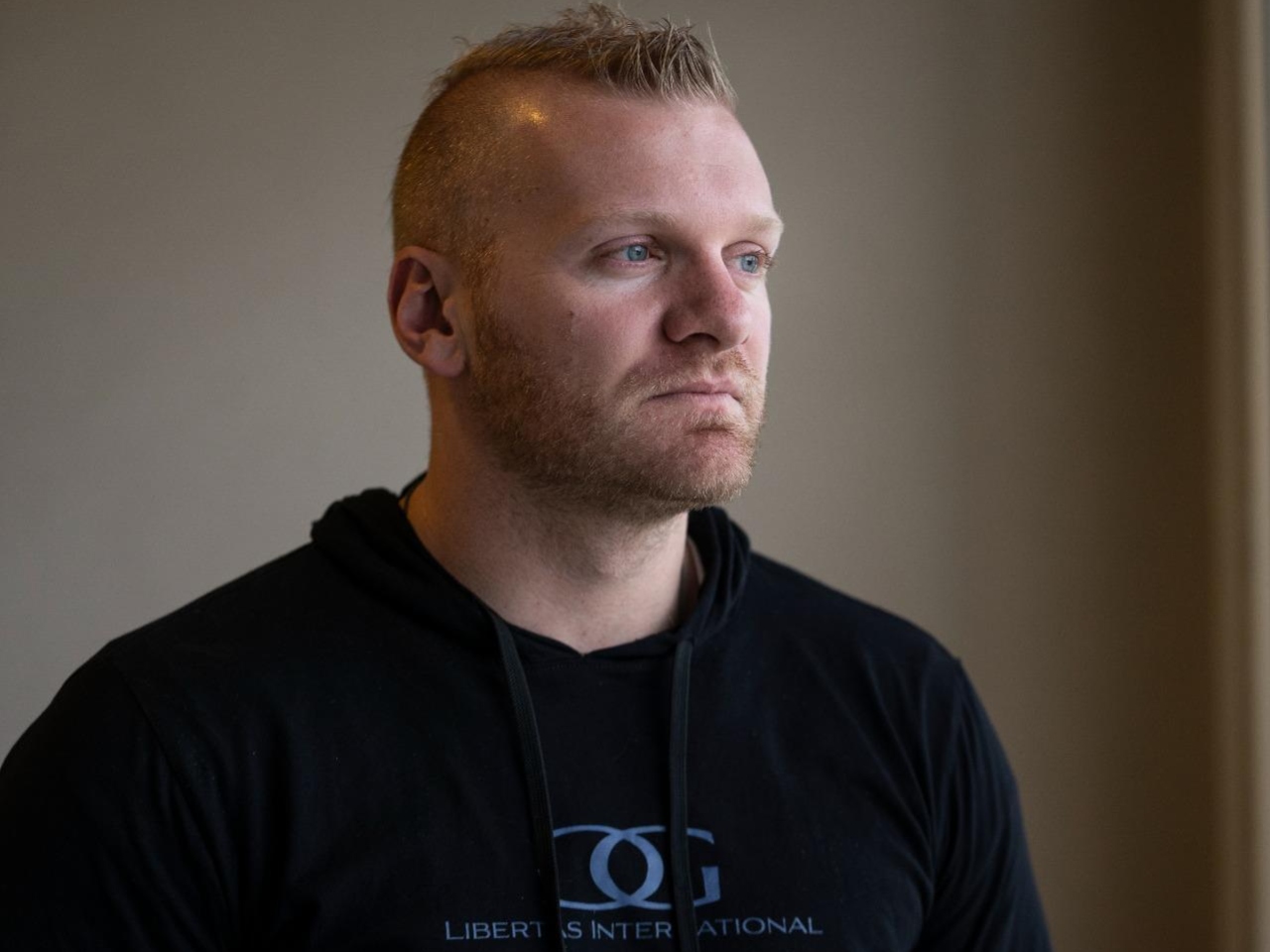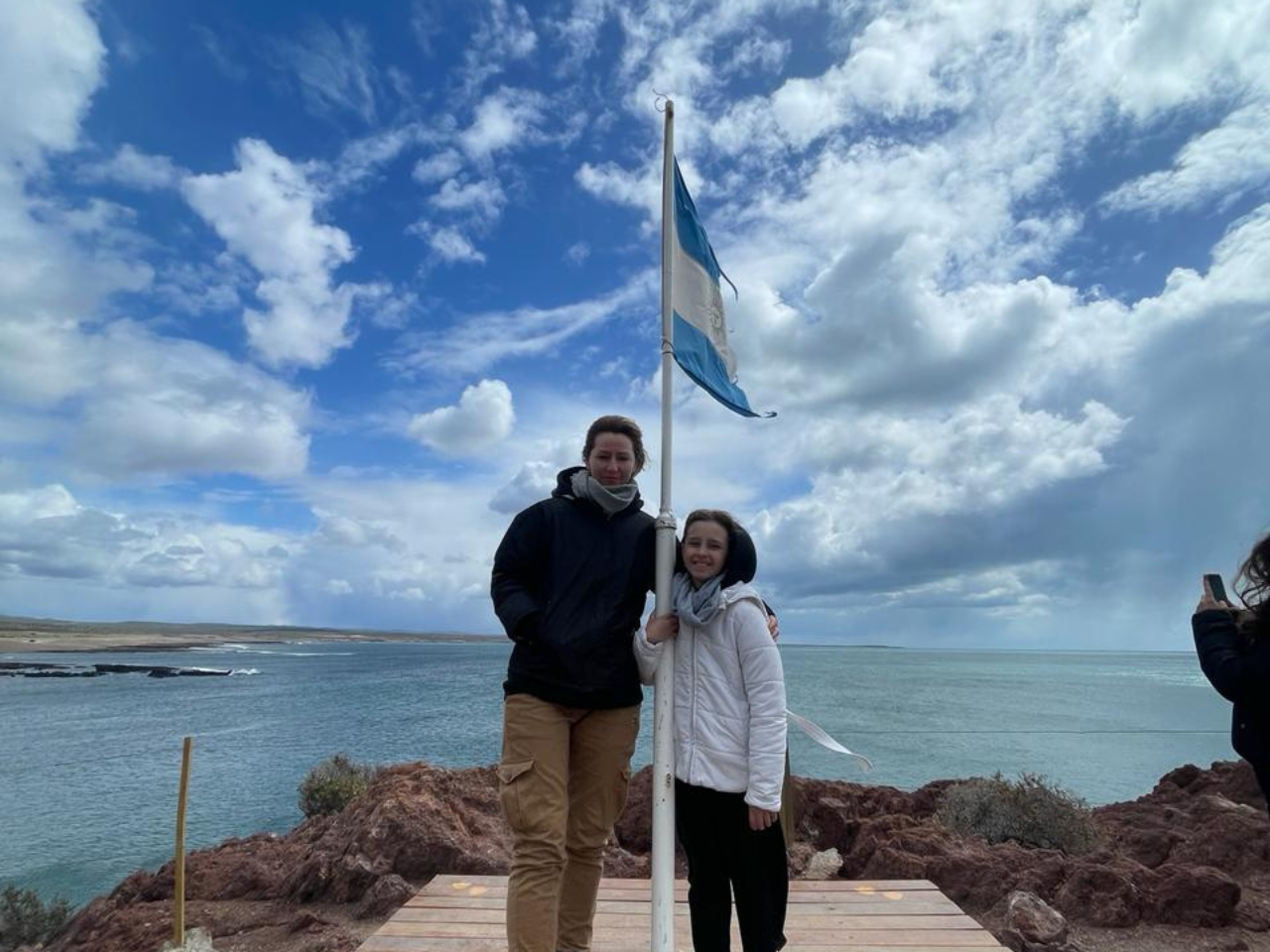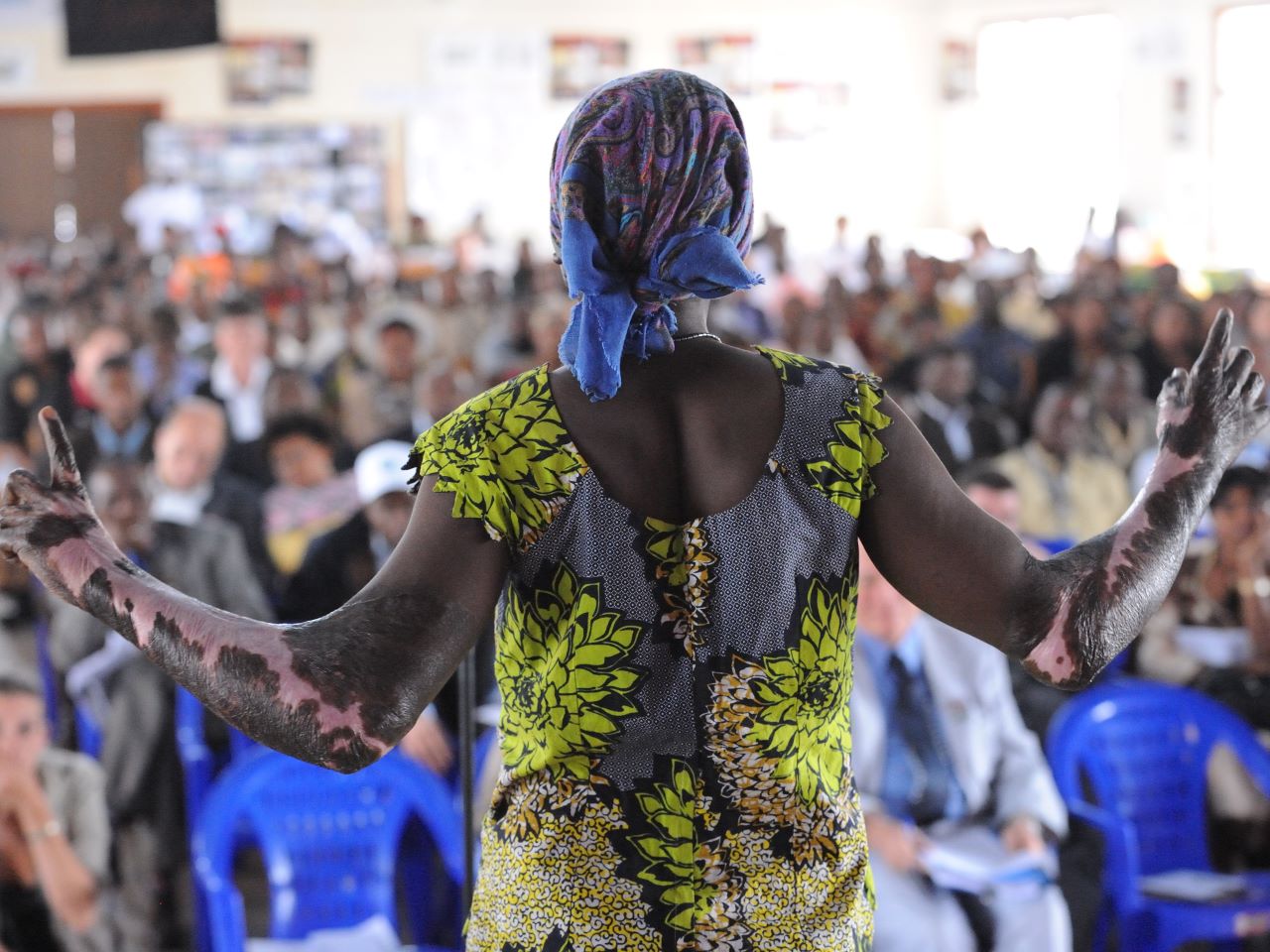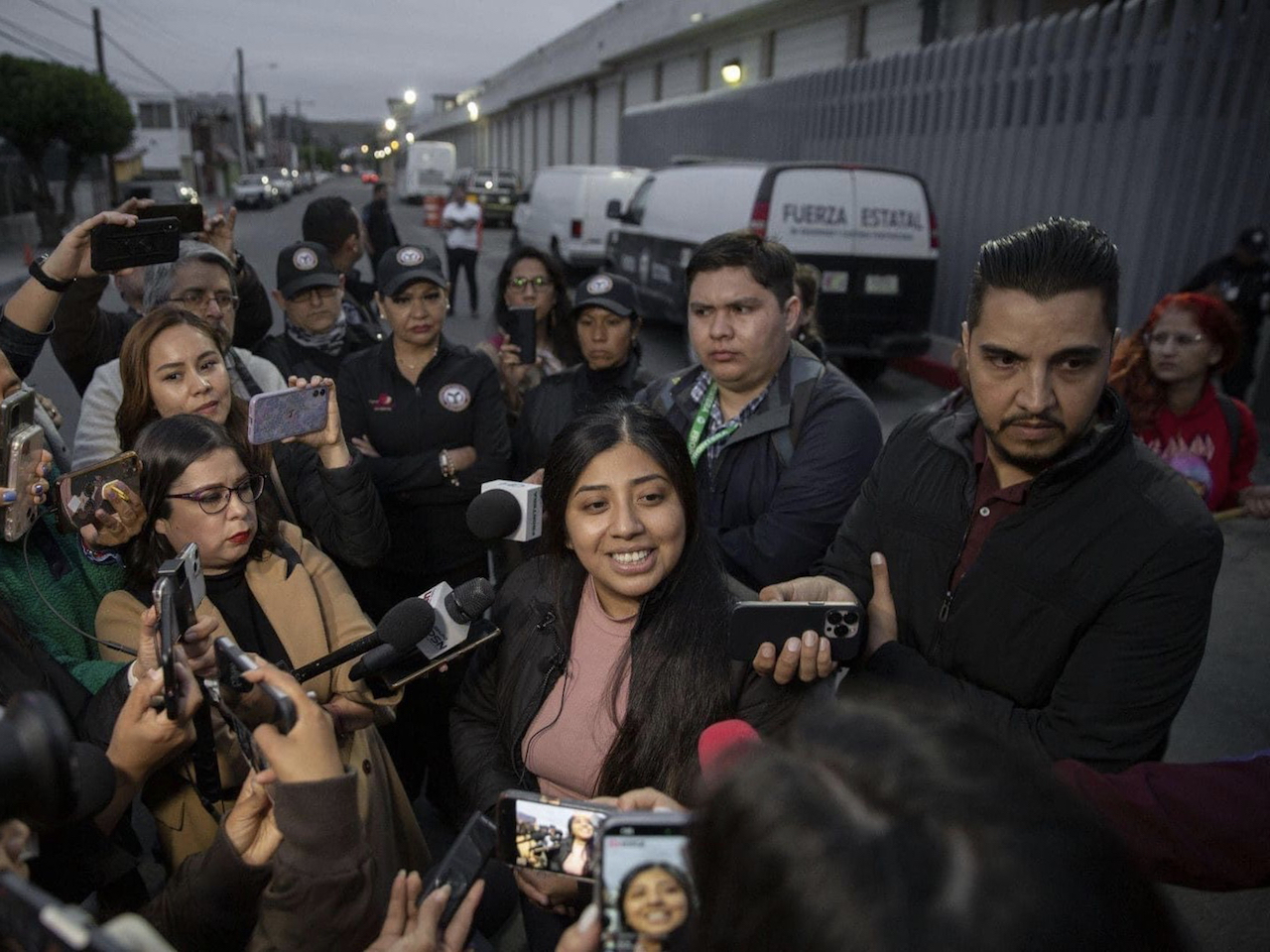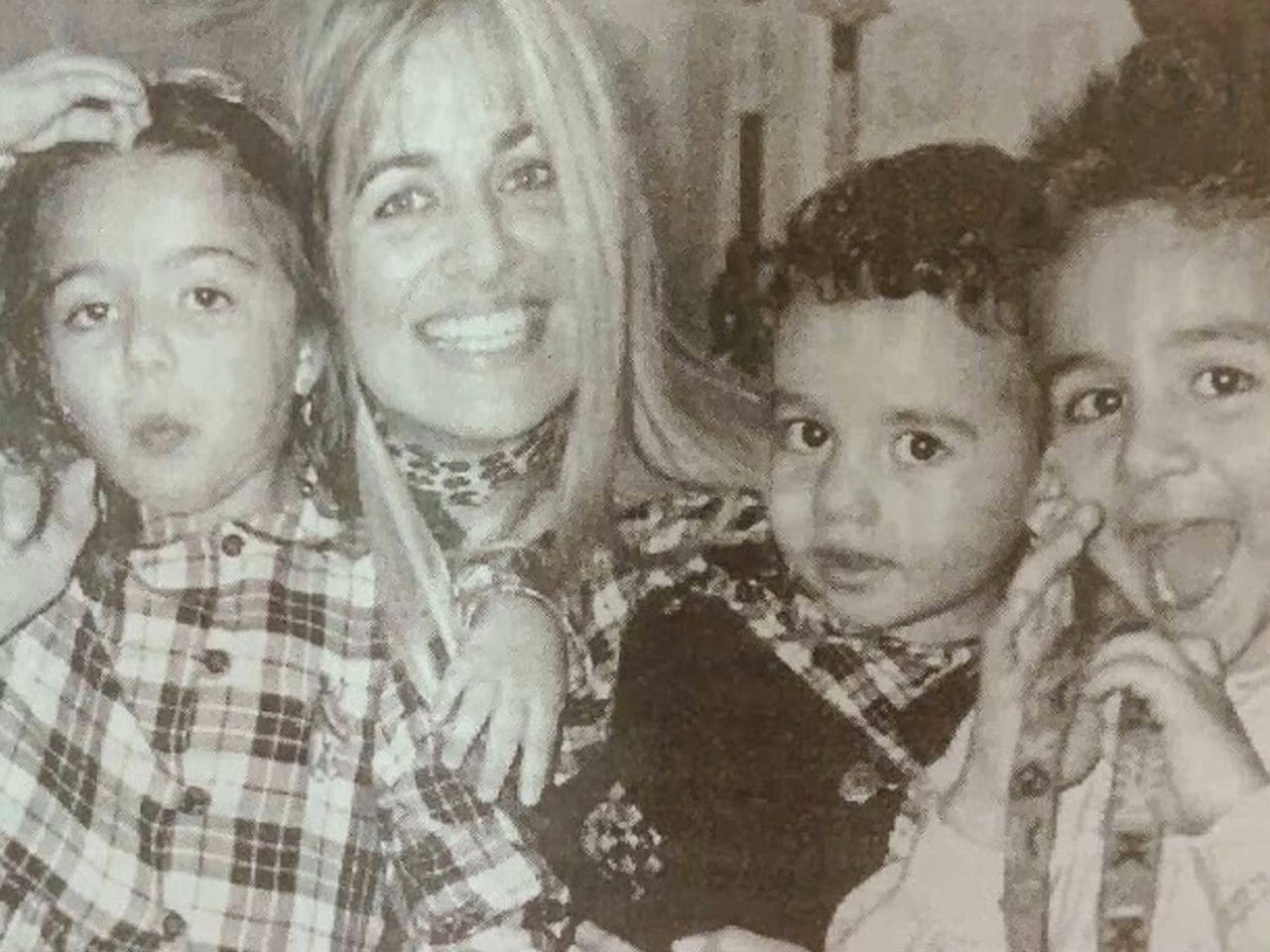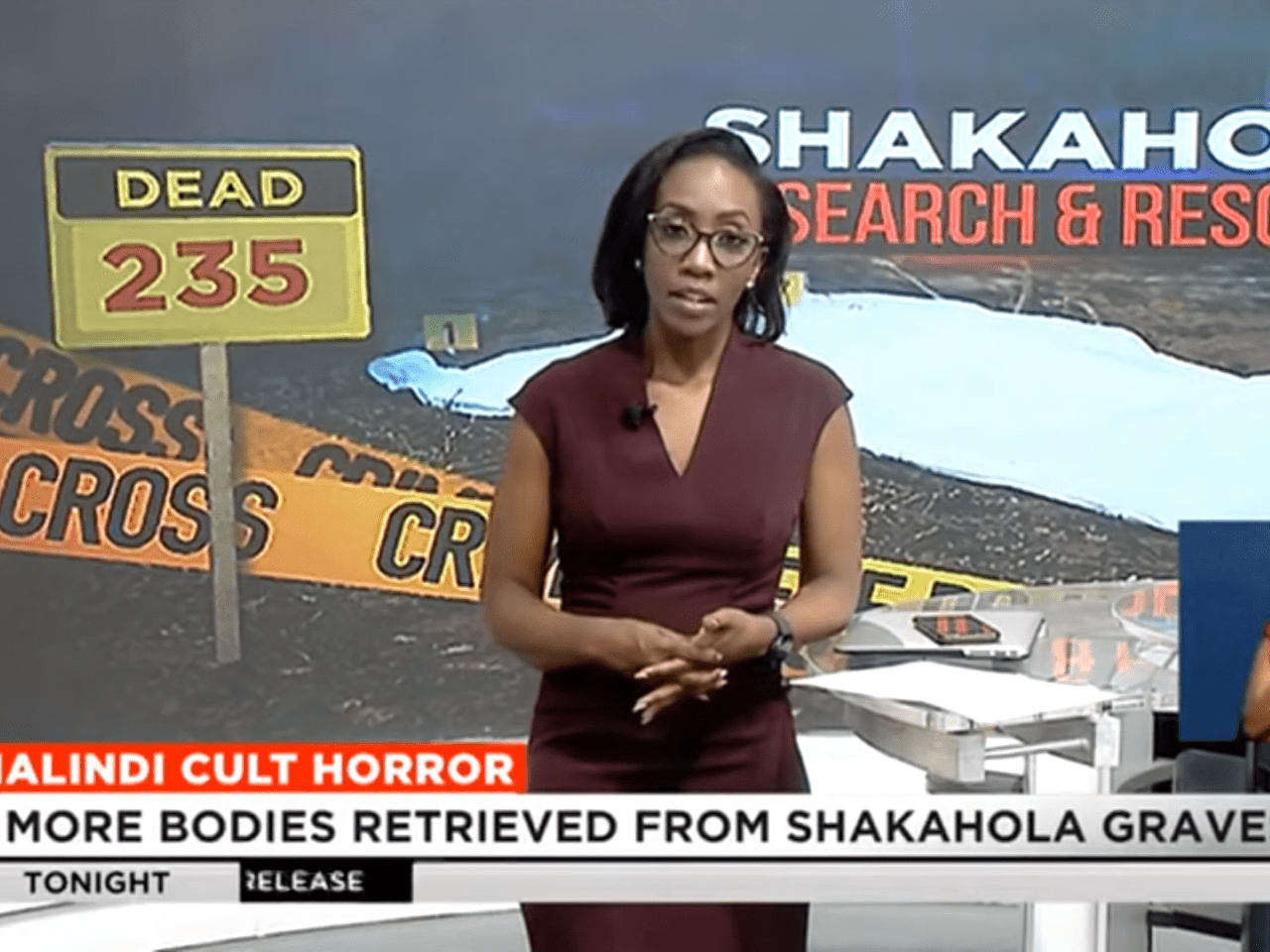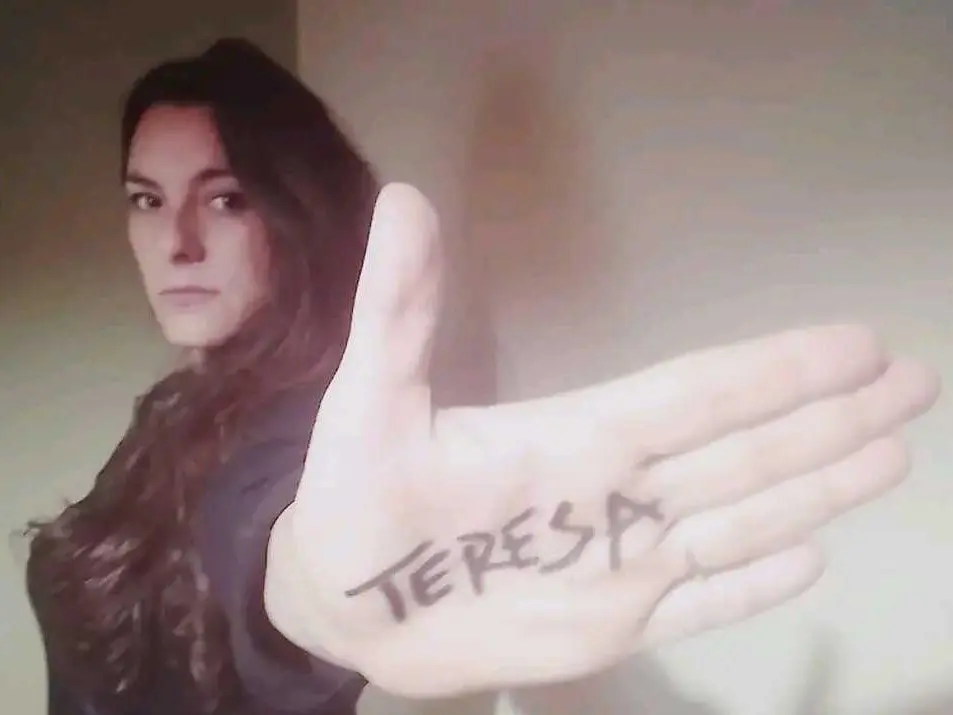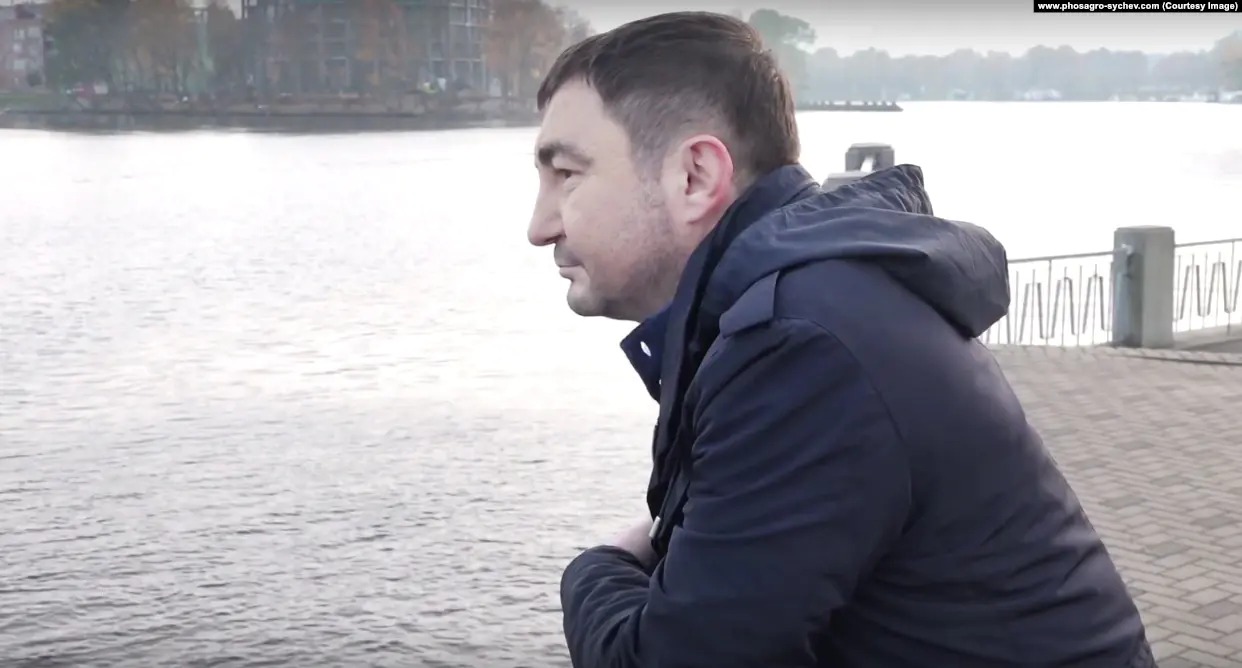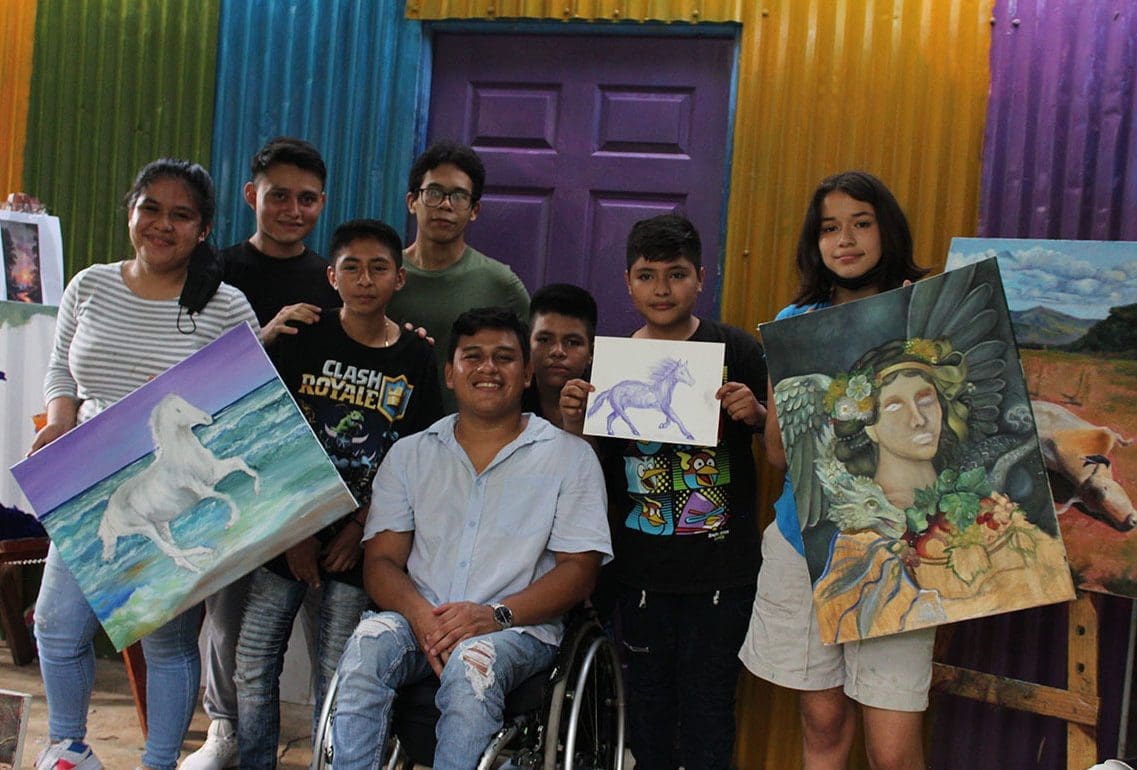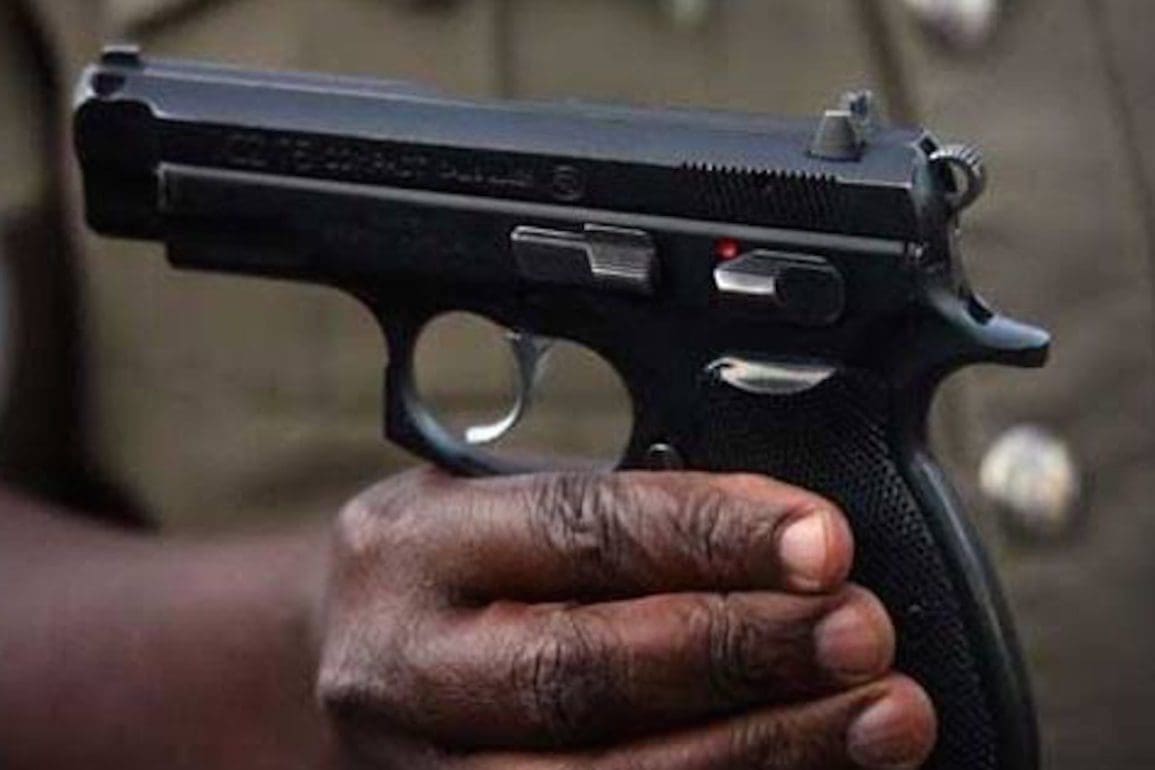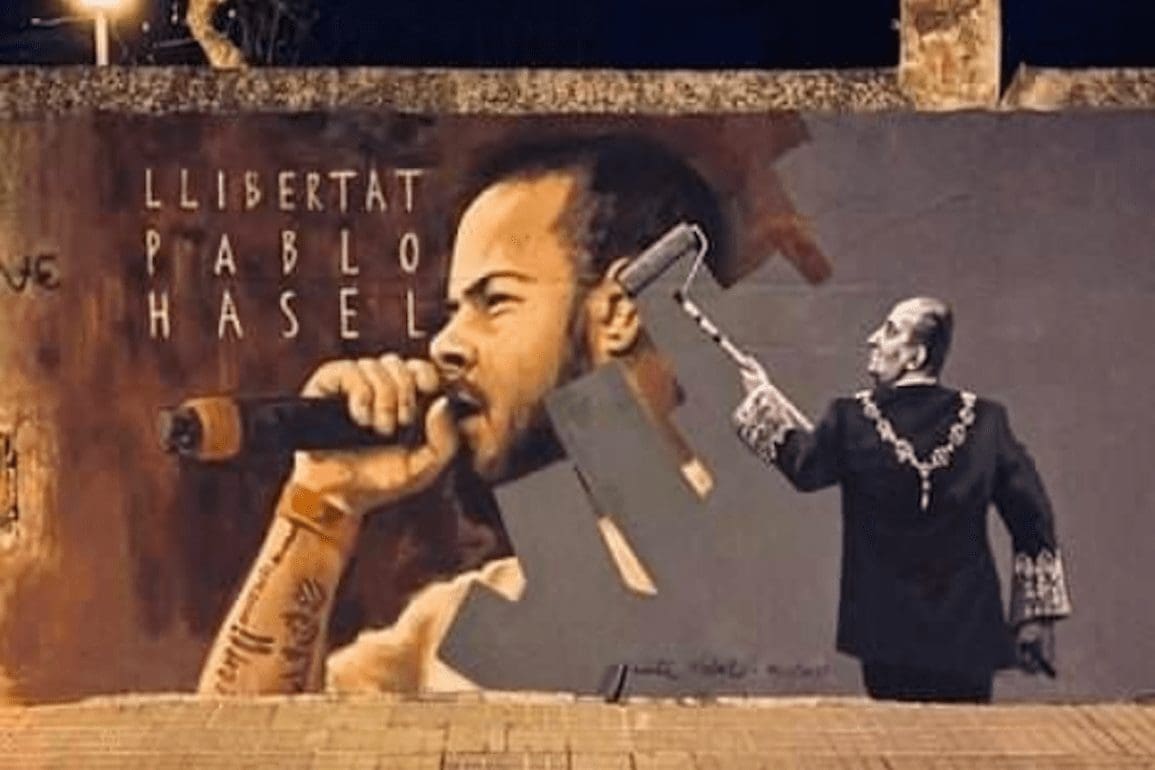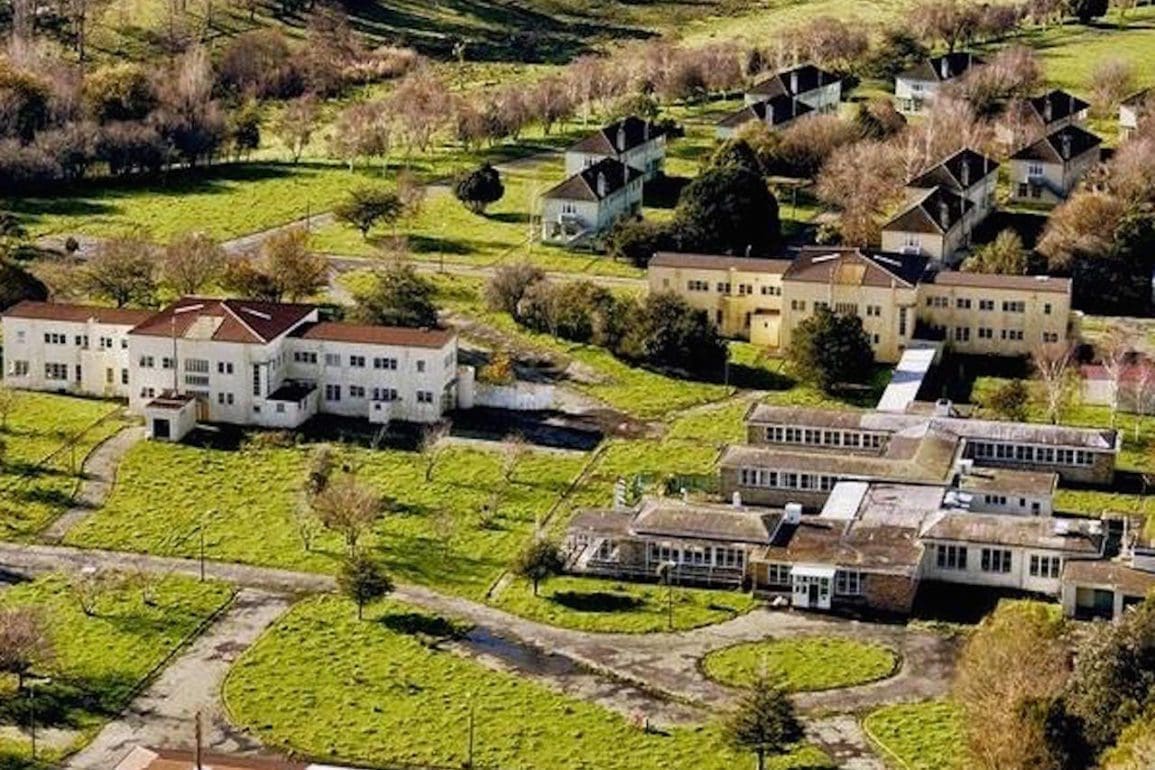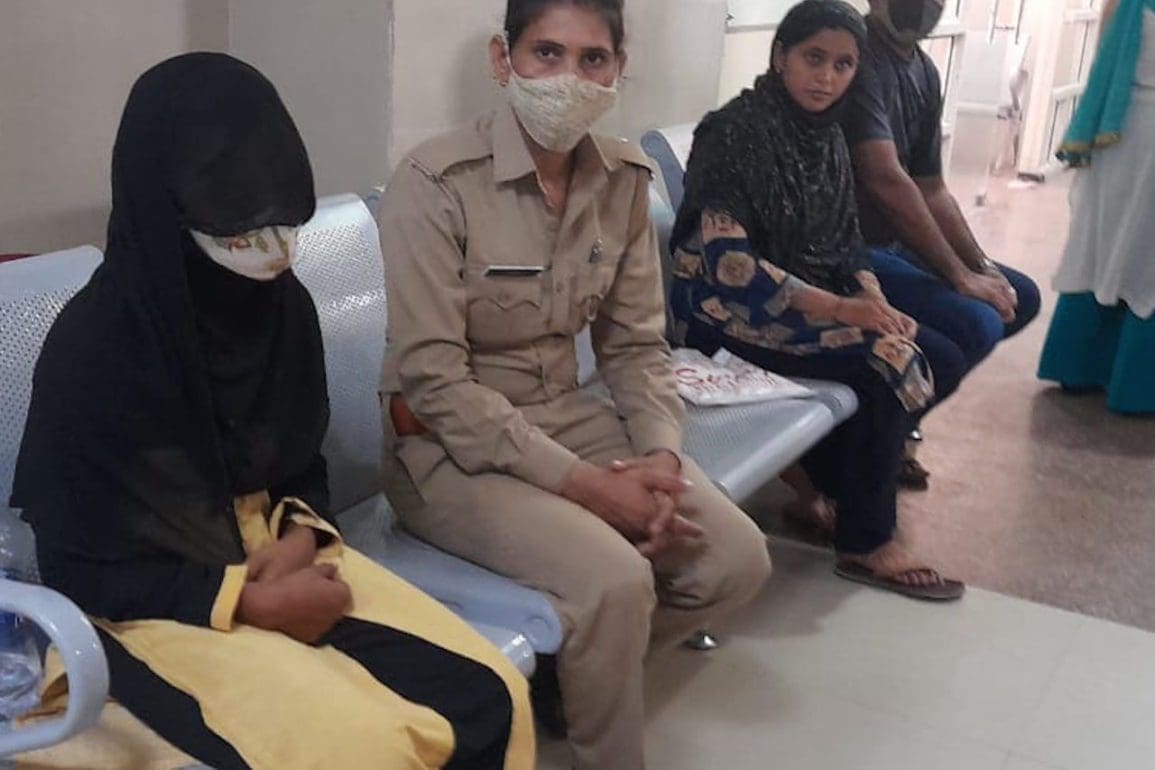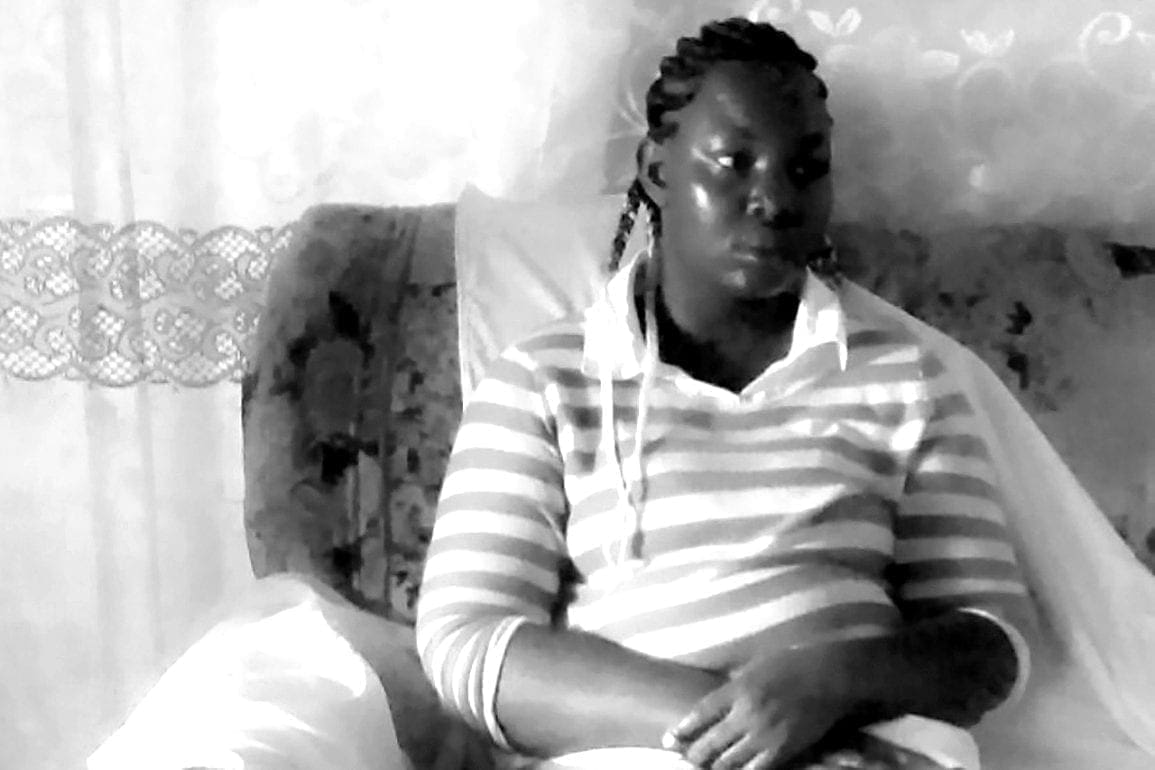I escaped a Dhaka factory fire, owners locked others inside
Many children could not flee because a door leading to stairs to the roof had been padlocked. They were burnt alive.
- 3 years ago
August 5, 2021

DHAKA, Bangladesh — Blazes, mishaps, and massacres are common in the factories in Dhaka – the capital of Bangladesh.
Many lack a safe working environment; some operate illegally, while others function without adequate fire and building safety standards.
As a passerby, I have seen flames billowing from garment factories many times. Unfortunately, on July 9, 2021, I became an eyewitness and a victim of one of these horrific fires.
My elder brother, two associates, and I spent several days repairing the air conditioners at the Hashem Food and Beverage factory in Rupganj [an industrial town near Dhaka].
The six story facility manufactured fruit juices, noodles, and sweet confectionary.
Workers locked inside, unable to escape
That fateful day, the four of us were inspecting air-conditioners near the staircase on the first floor. One of my aides went to the water dispenser for a drink when he screamed, “Fire, fire,” and rushed towards us.
We saw smoke coming from the other side of the building where they were producing vermicelli. It was such a massive fire we stopped our work and tried to escape plumes of thick smoke rising from the building.
Many workers were injured after they jumped from the factory’s upper floors. The exit door to the main staircase was always locked to prevent them from leaving the building.
Women workers tried to flee through the staircase but they couldn’t because the flames were fast approaching. Many tried to get down by scaling the side of the wall and fell to their death.
The factory’s floors were only accessible by two staircases. As a result, many workers were trapped as the fire spread to the stairs.
Children that were in the factory could not flee because a door leading to the roof stairs had been padlocked. They were burned alive.
I saw the bodies burning all over
Hundreds escaped through ropes, bamboo structures, and pipes. Some smashed the windows and jumped out in an attempt to escape the blaze.
I came down by forklift. As I ran to safety, an older man fell on my back. His body was in flames. I saw the fire engulf a woman and a girl. I am sure they died on the spot.
I endured burn injuries on my neck and shoulder. My associates fractured their hands and legs. In addition, there were cuts on their nose and face.
My elder brother was severely injured; he broke his limbs. He was admitted to Dhaka Medical College Hospital in critical condition. After nine days, he was discharged.
I saw the bodies burning all over. At least 60 people were charred alive, and more than 50 were injured in the blaze.
Black fumes were so heavy, we could not see anything. We could barely breathe. Had we stayed in the building for even a minute more, we too would have died due to suffocation and lack of oxygen.
It is still a long wait for justice
Not enough has been done to compensate those who suffered severe burns and whose family lost their lives. They had to borrow money from their friends and family to meet the medical expenses.

The factory manager gave me 1,000 takas ($12 USD) for petty expenses. That’s the only compensation I got. The government officials informed us that the injured victims and the families of those who died would get compensation very soon.
Four weeks have passed, and we have neither received financial assistance nor justice. No one has been held to account for the disaster.
The factory breached multiple fire and safety regulations. In addition, the management employed poor children as young as 11 years old. There were blatant violations of Covid-19 safety protocols. Over 300 people were working on the first floor itself.
Police have charged the owner of the building and four of his sons with murder.
Forty others, who certified the building as safe, have been detained over the fire that raged for over a day. But, sadly, no one has been convicted to date.
Safety violations never addressed, fires are murder
Bangladesh is known for its poor record of fire safety.
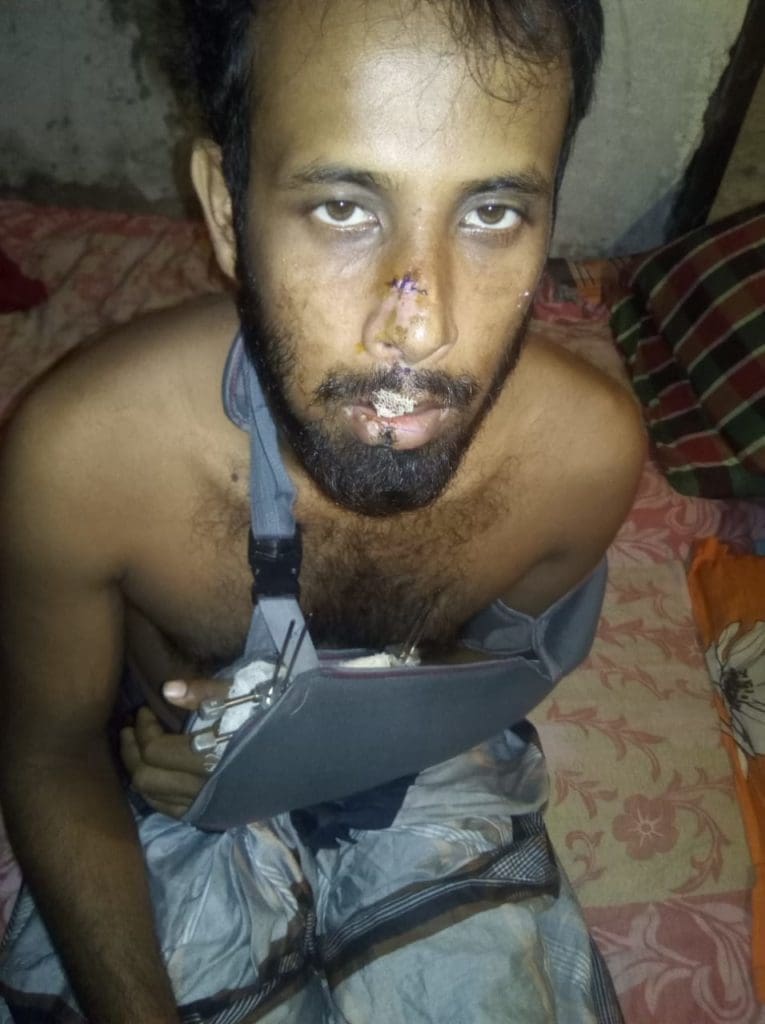
The fire took hold because chemicals, flammable substances, and plastics were illegally stored inside the building.
In addition, stores of clarified butter [a milk fat rendered from butter to separate the milk solids and water from the butterfat] made it difficult to bring the blaze under control.
There were no fire extinguishers, no fire exit, and no fire alarm. If fire alarms were installed on the premises, we could have safely vacated much earlier.
In 2013, Rana Plaza, an eight-story factory building, collapsed in Dhaka and killed more than 1,100 people, and injured 2,000 others. Eight years later, nothing has changed.
There aren’t enough practical discussions around fire safety, building safety, and workers’ protection. The factory owner and the government are equally to blame for the blaze. It was a deliberate murder, and the tragedy was waiting to happen.




















